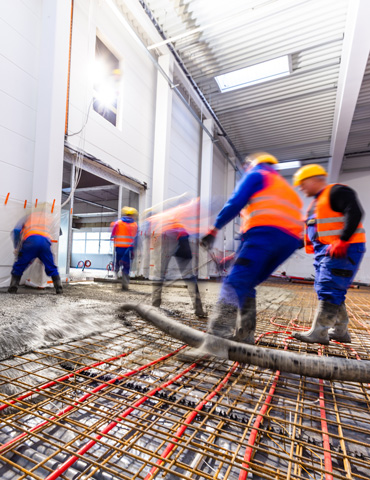Infrastructure development involves the creation of large physical structures and networks that provide fundamental public services and support economic and social activities in a country, region or community. This includes physical assets in sectors like transportation, utilities, public facilities and more.
The infrastructure development process typically involves:
• Planning – Determining the need for new or upgraded infrastructure assets based on demand and feasibility studies.
• Design – Developing the layout, specifications and engineering drawings for the infrastructure project. Factors like performance requirements, environmental impact, costs and maintenance are considered.
• Financing – Arranging funds for the project through sources like government budgets, loans, public-private partnerships etc.


• Construction – Building roads, bridges, drainage systems, utility networks, public facilities and other infrastructure components as per the design.
• Operations and maintenance – Managing and maintaining infrastructure assets for their designed lifespan through monitoring, repairs and upgrades.
Common types of infrastructure projects include roads, rail networks, bridges, power plants, water supply and treatment facilities, airports, ports, telecom networks, government buildings and social housing.
Infrastructure development plays a vital role in economic growth by providing the foundational facilities needed to support business and industry. It also improves the living standards and quality of life through better access to essential services. As such, governments and development agencies allocate substantial resources towards infrastructure development.
The work involves multi-disciplinary teams of planners, engineers, architects, economists, project managers, contractors, government agencies and more. A robust and well-maintained infrastructure network is key to the productivity and competitiveness of modern economies.


